Dali / Duchamp at the Royal Academy of Arts
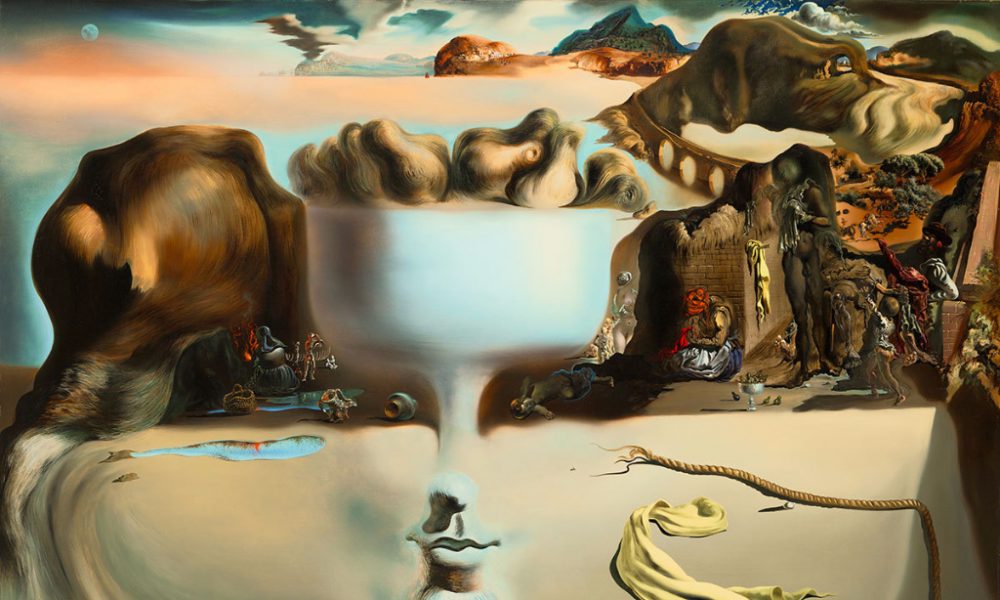
Salvador Dali and Marcel Duchamp are two of the most famous artists of the 20th century. At first glance, they are very different. Dali, the extravagant self-publicist, was deliberately larger than life and claimed to be a genius. Duchamp, on the other hand, was much quieter in his life and work, often working anonymously and eschewing a public reputation.
In their work, too, they initially seem to be worlds apart. Duchamp rejected painting and famously entered a urinal signed “R. Mutt” into an open exhibition, changing the course of art in the process. Dali, however, is internationally renowned for his paintings that utilise realistic perspective in order to produce surreal and impossible scenes.
But, as this exhibition effectively demonstrates, there is a lot more to connect these two artists than first meets the eye. For one thing, the pair struck up an unlikely friendship, based on mutual regard for each other’s work as well as a shared sense of humour and scepticism. The show reveals common lines of artistic enquiry and demonstrates that the output of each was much more varied than is generally thought.
In particular, both artists were deeply obsessed with sex and eroticism, and this obsession manifests itself in their oeuvres in different but often complementary ways. In the context of Duchamp’s irreverent work, Dali’s paintings of naked and masturbating men and women appear newly radical, and as more than mere publicity stunts. Duchamp’s intellectual pieces might seem cold by comparison, were it not for a selection of little-known sculptures and readymades that feature breasts, clefts and other highly suggestive shapes.
It is undoubtedly Duchamp who shines in this show. Maybe because of his naturally quieter character, the artist’s work remains less well-known to the general public than Dali’s, perhaps with the exception of his famous urinal. Dali/Duchamp reveals his identity as a superior artist to his friend, with extraordinary nuance to his practice.
If nothing else, this exhibition is a rare opportunity to see a version of Duchamp’s masterpiece, The Bride Stripped Bare by Her Bachelors Even (1915-1923). The original lives in Philadelphia, from which it can’t be moved, but this copy was made by Richard Hamilton with Duchamp’s approval, and it’s a fine way to examine one of the most enigmatic works in modern art history.
Dali/Duchamp throws up some fascinating comparisons between these two modern greats, but it’s really this work in the centre of the show that makes it worth the entry price. There’s little point trying to describe it: you’ll have to go and see it for yourself.
Anna Souter
Image: Salvador Dali, Apparition of Face and Fruit Dish on a Beach, 1938.
Dali / Duchamp is at the Royal Academy of Arts from 7th October 2017 until 3rd January 2018. For further information or to book visit here.


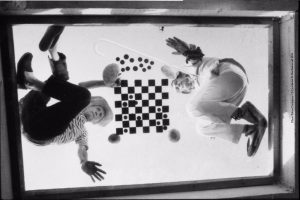


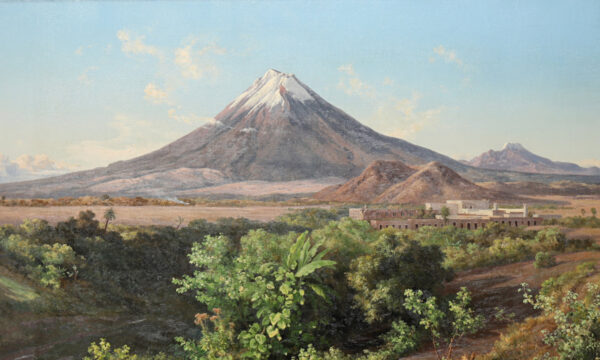
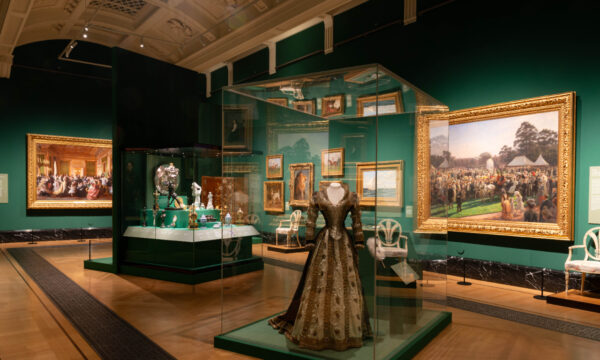
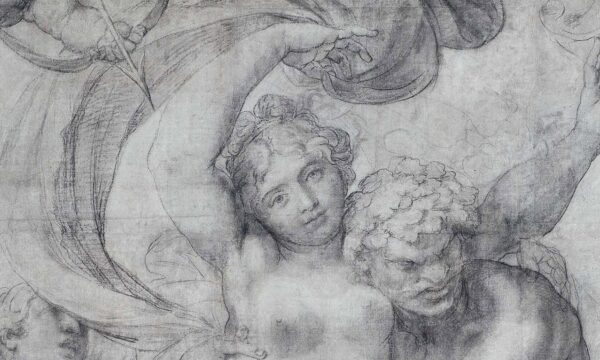
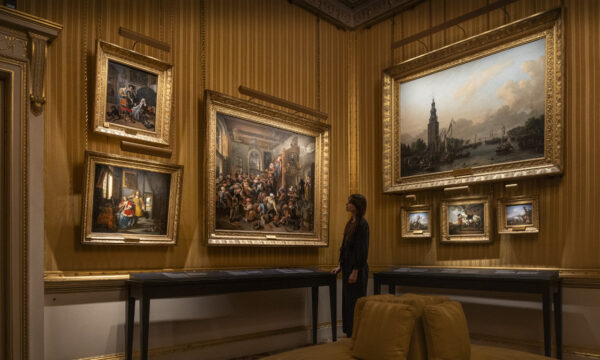
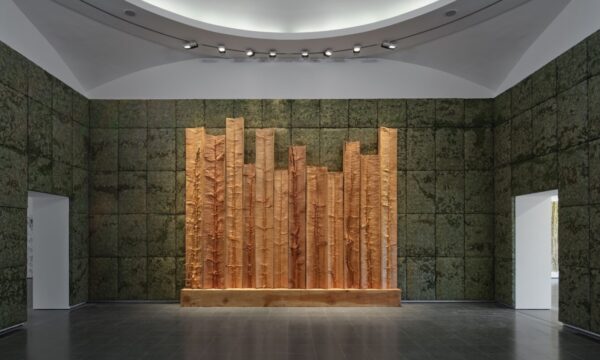
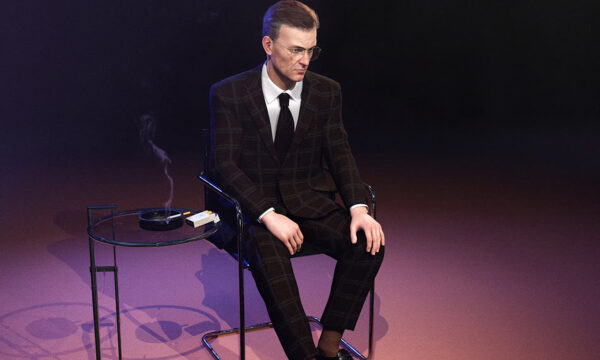
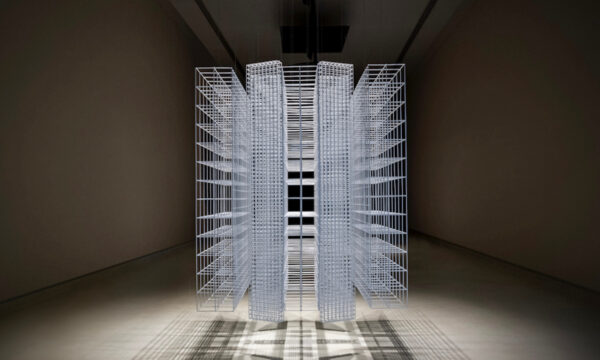

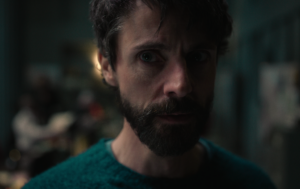
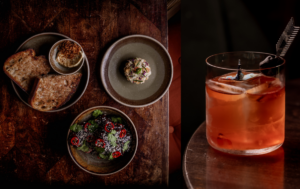

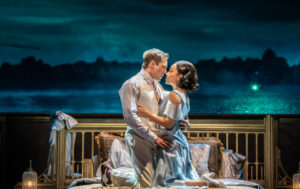
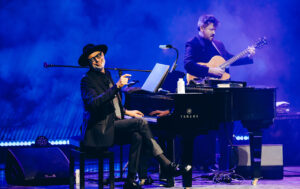
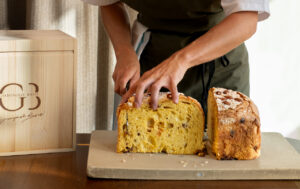

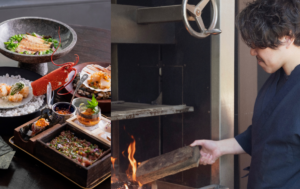




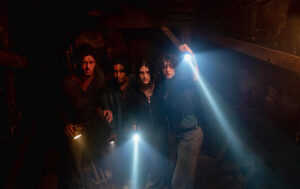
Facebook
Twitter
Instagram
YouTube
RSS